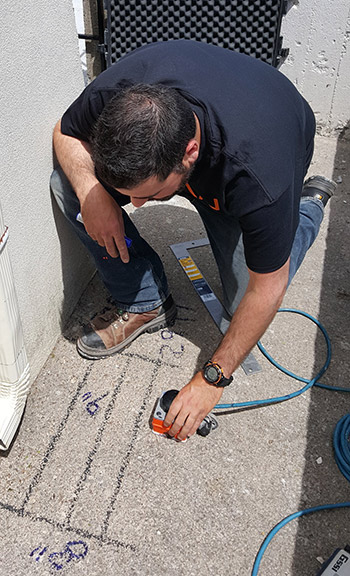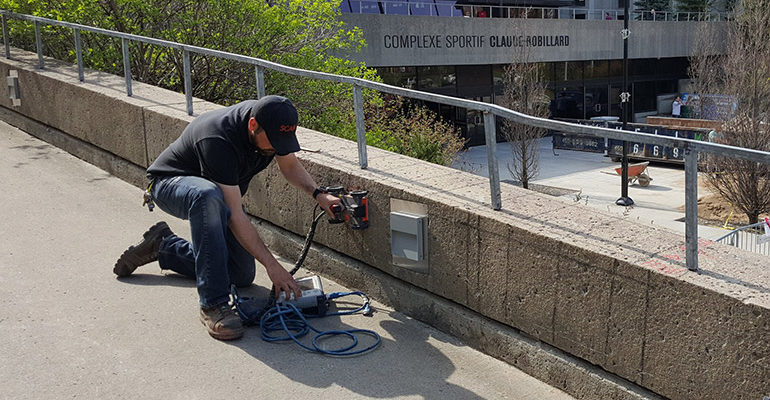We have posted different blogs on the different ways and uses of GPR, accordingly we would like to explain how it actually works. In this Blog we give you a description or an assessment of GPR.
GPR mapping can find all utilities, metallic and non-metallic. With Ground Penetrating Radar profiles, you can evaluate the location and depth of buried objects and investigate the presence and continuity of natural subsurface conditions and features.
Ground Penetrating Radar transmits pulses of ultra high-frequency radio waves down into the ground through a transducer or antenna. The transmitted energy is reflected from various buried objects or distinct contacts between different earth materials. The antenna then receives the reflected waves and stores them in the digital control unit.

The type of GPR antenna will also determine the depth of penetration. Antennas with low frequencies from 25 to 200 MHz obtain subsurface reflections from deeper depths, but have low resolutions. These low frequencies antennas are used for investigating the geology of a site, such as for sinkholes or fractures, and to locate large deep buried objects, such as underground storage tanks and septic tanks.
Antennas with higher frequencies from 300 to 1000 MHz obtain reflections from shallow depths and have high resolution. These high frequency antennas are used to investigate surface soils and to locate small or large shallow buried objects and rebar in concrete.
Do you like this post? Do let us know, in the comment section below, why the importance in using GPR. Your comments and opinions are appreciated and valued to us.
If you would like to read more on our technology:

